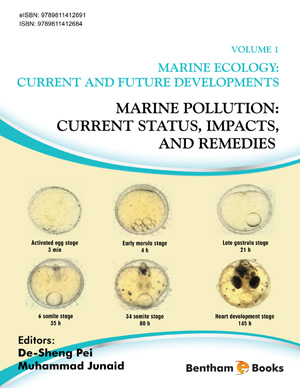Abstract
This chapter provides a detailed description of three basic population interactions in ecology: predation, competition and mutualism. The per capita rate at which a predator depletes population of its prey is known as functional response of the predator. The issue of prey–dependent vs. predator–dependent functional response is discussed in detail. The prey–dependent functional responses are presented in such a way that it becomes easy to work out how a given functional response is related to any other. How competitive exclusion principle work is demonstrated with the help of isoclines. A lucid description of relatively difficult and subtle interactions such as apparent competition and competitive displacement are presented. At the end, the chapter briefly describes two kinds of mutualistic interactions: Symbiotic mutualism and Non-symbiotic mutualism.
Keywords: Populations, Trophic interactions, Predation, functional responses, Prey–dependent, Predator–dependent, Competition, Intra–specific competition, Apparent completion, Competitive exclusion, Resource–partitioning, Contest vs. scramble competition, Inter-specific competition, Competitive exclusion principle, Armstrong and McGehee model, Exploitative competition, mutualism, Symbiotic mutualism, Non–symbiotic mutualism, Isoclines.









